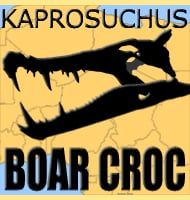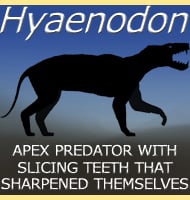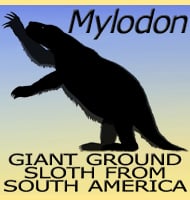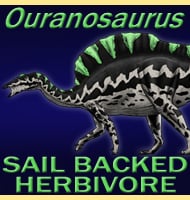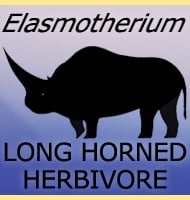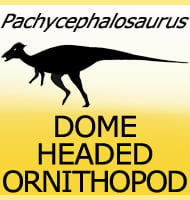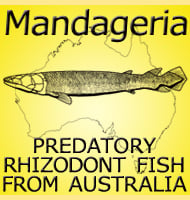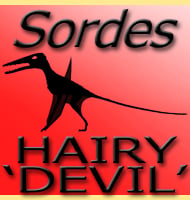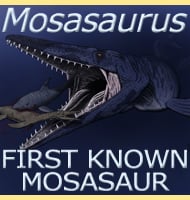In Depth
Though only named from a jaw and associated fore limb bones, the 2013 description of Rhizosmilodon meant excitement for anyone interested in the machairodonts, better known as the sabre-toothed cats. As of 2013, Rhizosmilodon is considered to be the oldest known member of the Smilodontini, the type genus of which is the world famous Smilodon. Not surprisingly Rhizosmilodon is considered to have been more primitive that the earliest known Smilodon genus, S. gracilis, but Rhizosmilodon is also considered to have been more primitive than Megantereon.
Limb bones attributed to Rhizosmilodon have led to size estimates for the genus ranging between just under fifty-six and eighty-five kilograms in weight. The describers of Rhizosmilodon noted that the extant (still alive) big cats Puma concolor (a.k.a. cougar/mountain lion) and Panthera onca (Jaguar) would have been roughly equivalent to Rhizosmilodon in terms of weight. However, if this was as large as Rhizosmilodon got, then the genus would have actually been quite small when compared to most later machairodonts.
Because of the early appearance and primitive features, Rhizosmilodon may have been an ancestral genus to later machairodonts, particularly smilodonts that appeared in North America later in the Pliocene and subsequent Pleistocene. It really is still early days to guess at the full temporal range of Rhizosmilodon, but it may have lived alongside other machairodonts such as Megantereon hesperus and Smilodon gracilis before disappearing from Pliocene North America.
The name Rhizosmilodon was named by the describers to mean ‘Root Smilodon’, and was intended to be a reference to the earlier appearance and possible ancestry of Rhizosmilodon to the Smilodon genus, as the ‘root’ of the latter genus. The name Smilodon actually means ‘knife tooth’ and is a reference to the enlarged sabre’like canines of the upper jaw. The type species name of Rhizosmilodon, R. fiteae, is in honour of Barbara Fite who donated the Rhizosmilodon paratype specimen.
Further Reading
- A New Machairodont from the Palmetto Fauna (Early Pliocene) of Florida, with Comments on the Origin of the Smilodontini (Mammalia, Carnivora, Felidae) - Steven C. Wallace & Richard C. Hulbert Jr - 2013. - Body size of Smilodon (Mammalia: Felidae). - P. Christian & M. Harris (2005).

